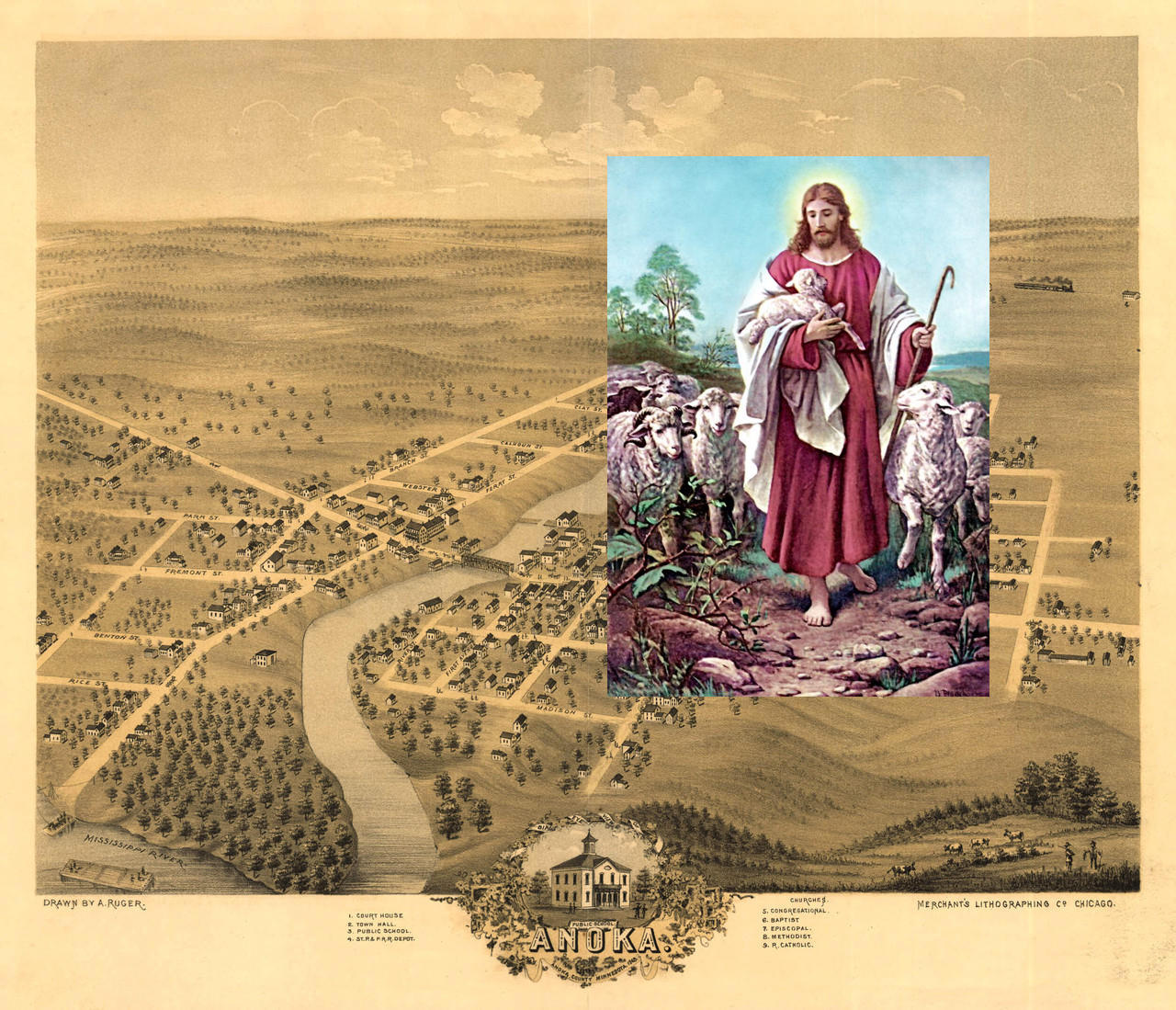JUNE 18, 2023 – I remember a day in fourth grade when our teacher went down each row of students, asking what denomination—of Christianity—each of us belonged. Hard to believe in this day in age, I know, but it happened. About two-thirds of the kids said “Lutheran” and the rest said “Catholic.” When my turn came and I said, “Episcopalian,” a murmur rippled across the classroom. The girl seated in front of me whipped around and asked almost in condemnation, “What’s that?” The question confirmed, then and there, what I had always suspected about my family when it came to church, just as in every other arena of life: we were different—odd different—thanks to Mother, who, as between Mother and Dad (a wayward Lutheran), was the one who dragged us to church all morning, every Sunday, and, it seemed, to a host of other churchy occasions. We were always among the first to arrive and the last to leave. Not until I was sent off to a New England boarding school where nearly every kid was also Episcopalian, did I realize that Mother’s denominational affiliation was more “blue-blooded” than “odd-ball.”
But growing up Episcopalian in the Upper Midwest river town of Anoka, Minnesota was definitely the lot of an oddball, or at least that’s how I perceived it. As Mother explained somewhere along the way, our church was a special, “mission church,” established by early settlers from out East to minister to the local heathen natives. In my mind, that explained why the other members of the church were—like us—an odd lot who, try as they might, just wouldn’t fit in with the Lutherans or Catholics, who seemed far more normal. I wanted desperately to fit in, but our forced involvement in the local, eccentric, Episcopal church was just another mark of weirdness.
Decades later I would come to understand what undergirded Mother’s religiosity, but the immediate explanation for her denominational attachment was simply her upbringing in the old, solid, dark-red, granite Grace Episcopal Church back in Rutherford, New Jersey. Nothing weird about Grace, but tell that to a kid growing up in Anoka, Minnesota, whose Mother-with-tic is also director of the choir with which the kid is forced to rehearse every Saturday and sing every Sunday, week in, week out, no exceptions, whether you were really ill or just faking it.
I have very distinct memories of the original Trinity Episcopal Church in Anoka, not the least of which was the occasion one summer Sunday morning, when I watched a box elder bug land on the back of Evelyn Wolf’s neck, just above her little, lacy collar, during the middle of a hymn. She sensed some kind of critter was aboard, but as she batted at it, the bug crawled hither and thither, narrowly missing being flicked into space (or worse) each time Evelyn’s swatted at it. Standing beside me, Mother didn’t notice the bug or my valiant effort to stifle my laughter. But most of what I remember of the church was the result of witnessing the same scenes, observing the same details week after week, month in, month out, year after year.
The church itself, built around the time Minnesota won its statehood (1858), was the smallest in town. Except for a heavy, gray, stucco exterior, which had been added maybe halfway through its 100-year existence, the church itself was an all-wood structure, and when it was razed in the mid-sixties, I think that its inside appearance was pretty much as it always had been.
To enter, you climbed up a set of steps, signed your name in a book in a tiny vestibule, and then turned to your right to pass into the back of the sanctuary. On the back wall just to your right as you entered, was a large, dark oil painting of Mary and the Christ child, surrounded by a crowd of people. I always wondered why a painting of that size and vintage hung in our humble church instead of a museum. I thought it must be worth a million dollars.
On either side of the aisle leading to the chancel were about a dozen oak pews, and along each of the outer walls were six arched, stain-glass windows. A choir box was at the head of the pews on each side of the sanctuary, and the junior choir, into which my older sisters and I would be inducted when Mother thought we were of suitable age, occupied the box on the left side, facing the senior (adult) choir in the box on the other side of the aisle. A small organ was positioned against the front wall just beyond our choir box and on the left side of the chancel, which lay several steps above the level of the sanctuary but under a vaulted ceiling that was lower than the rest of the church.
The pulpit was on the senior choir side of the altar. Two mismatched, wooden acolyte chairs, pressed against the side walls of the chancel, faced each other across the length of the altar. At the head of the chancel, looking across the altar and out upon the sanctuary was a stain-glass window depiction of Bernard Plockhurst’s painting of Jesus as The Good Shepherd in a scarlet robe, crook in hand, walking among his sheep. Wood carvings of the 12 Disciples, each standing maybe a foot high on a short ledge, surrounded the stain-glass Savior. Weak-green paint covered the walls and vaulted ceiling of the sanctuary, and a few simple, wooden, scroll-like hammer-braces supporting the rafter beams. All in all, it was a simple setting for a young kid to observe and absorb. (Cont.)
Subscribe to this blog and receive notifications of new posts by email.
© 2023 by Eric Nilsson
